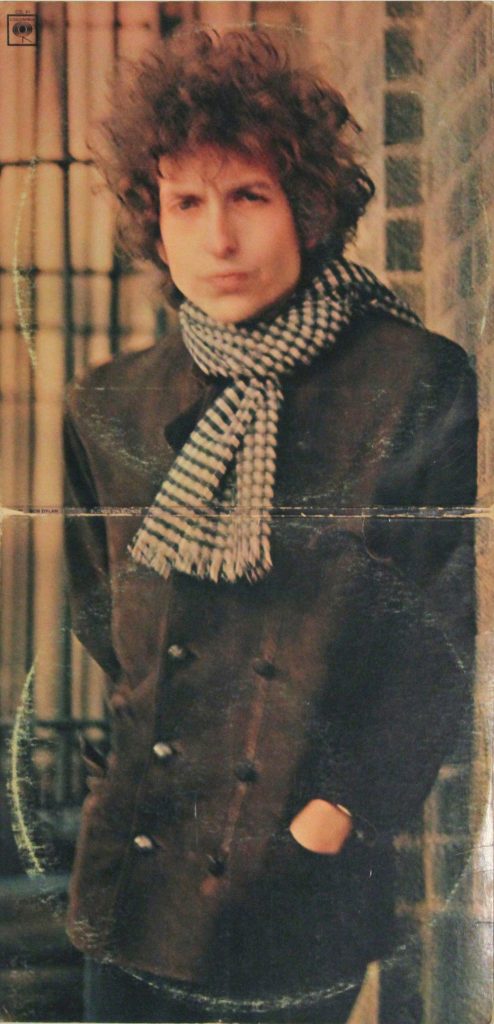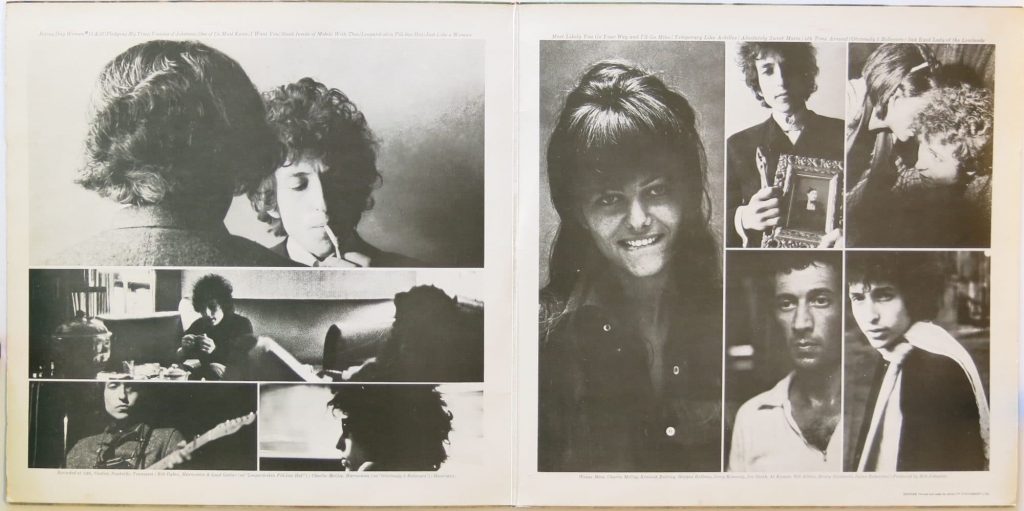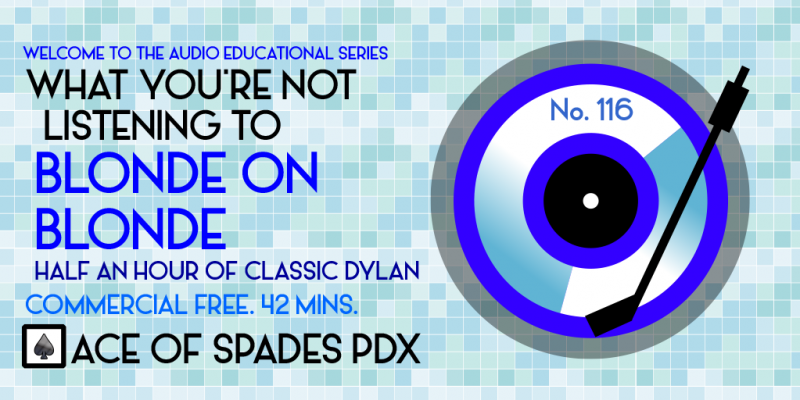Podcast: Play in new window | Download | Embed
A half hour journey into Bob Dylan’s masterwork, Blonde on Blonde, as we close in on its 55th anniversary, and in mono. #bobdylan #dylan #blondeonblonde #classicrock
A quick trivia question: what was the first double LP of original material of the Rock and Roll era? If you answered Blonde on Blonde by Bob Dylan, from 1966, you would be correct.
It was a daring move, as typically only compilations of popular music artists were ever given this treatment, and multi-album sets were usually relegated to Broadway cast albums or Operatic/Classical recordings.
But the former Robert Zimmerman from Hibbing, Minnesota, was on a roll. Having broken out of the folk-singer mode by 1964, Blonde on Blonde completed a trilogy of albums that made him the person the press dubbed “the spokesman for his generation”, a label he despised. It was with this album that he went from being Bob Dylan to DILLLL-UHHHHN.

It was released after two other highly acclaimed releases, Bringing It All Back Home and Highway 61 Revisited. He also started to have major hits, and not just writing million-sellers for other artists. He also went “electric” the year before, which caused a backlash from his original core fans.
Blonde on Blonde, easily far and way his most celebrated release, came at time when Dylan was also stretching out musically, which included Nashville session players, rock and blues musicians, New-Orleans-style brass band music and a group called the Hawks which would morph into The Band.
Even the cover was unusual for the time, which, much like Rubber Soul by the Beatles a year prior, sported an out-of-focus image of our hero, which Dylan himself chose. It also didn’t feature his name or the title of the album anywhere but in small print on the spine, another truly radical move. He wanted the music to speak for itself, and it did, containing nothing but now-classic tracks, including three Billboard Top 40 hits.

Oddly, the jacket Dylan wears on the cover must have been a personal favorite, as he appeared wearing it on several other album covers and single picture sleeves, which, in hindsight, makes it the Bernie Sanders green Burton coat of the 1960’s.
Lyrically, Dylan veers away from the protest songs that made him initially famous. The oblique, multiple interpretations song craft he is best known for truly came to the fore here. Of course, some of it seems to make no sense at all, only adding to the quirky charm of the overall release. This is truly, to paraphrase an earlier LP of his, the real freewheelin’ Bob Dylan.
Sadly, within a month after this release, Dylan would be seriously hurt in a motorcycle accident, of which there is wild speculation that he actually lied about the injury just to have any excuse to stay out of the limelight. The incident caused him to withdraw from live performances for several years, even though he continued to record and release albums for the remainder of the decade, his only one being in the summer of 1969 at the Isle of Wight festival until The Concert For Bangladesh in 1971.
First Part
- Rainy Day Women #12 & 35
- I Want You
- Most Likely You Go Your Way (And I’ll Go Mine)
- Just Like A Woman
- Stuck Inside Of Mobile With The Memphis Blues Again
Finale
- Sad-Eyed Lady of the Lowlands
Love to you all.
Ben “Daddy Ben Bear” Brown Jr.
Host, Show Producer, Webmaster, Audio Engineer, Researcher, Videographer and Writer
Instagram: brownjr.ben
Twitter: @BenBrownJunior
LinkedIn: benbrownjunior
Design Site: aospdx.com
“Copyright Disclaimer Under Section 107 of the Copyright Act 1976, allowance is made for ‘fair use’ for purposes such as criticism, comment, news reporting, teaching, scholarship, and research. Fair use is a use permitted by copyright statute that might otherwise be infringing. Non-profit, educational or personal use tips the balance in favor of fair use.”
